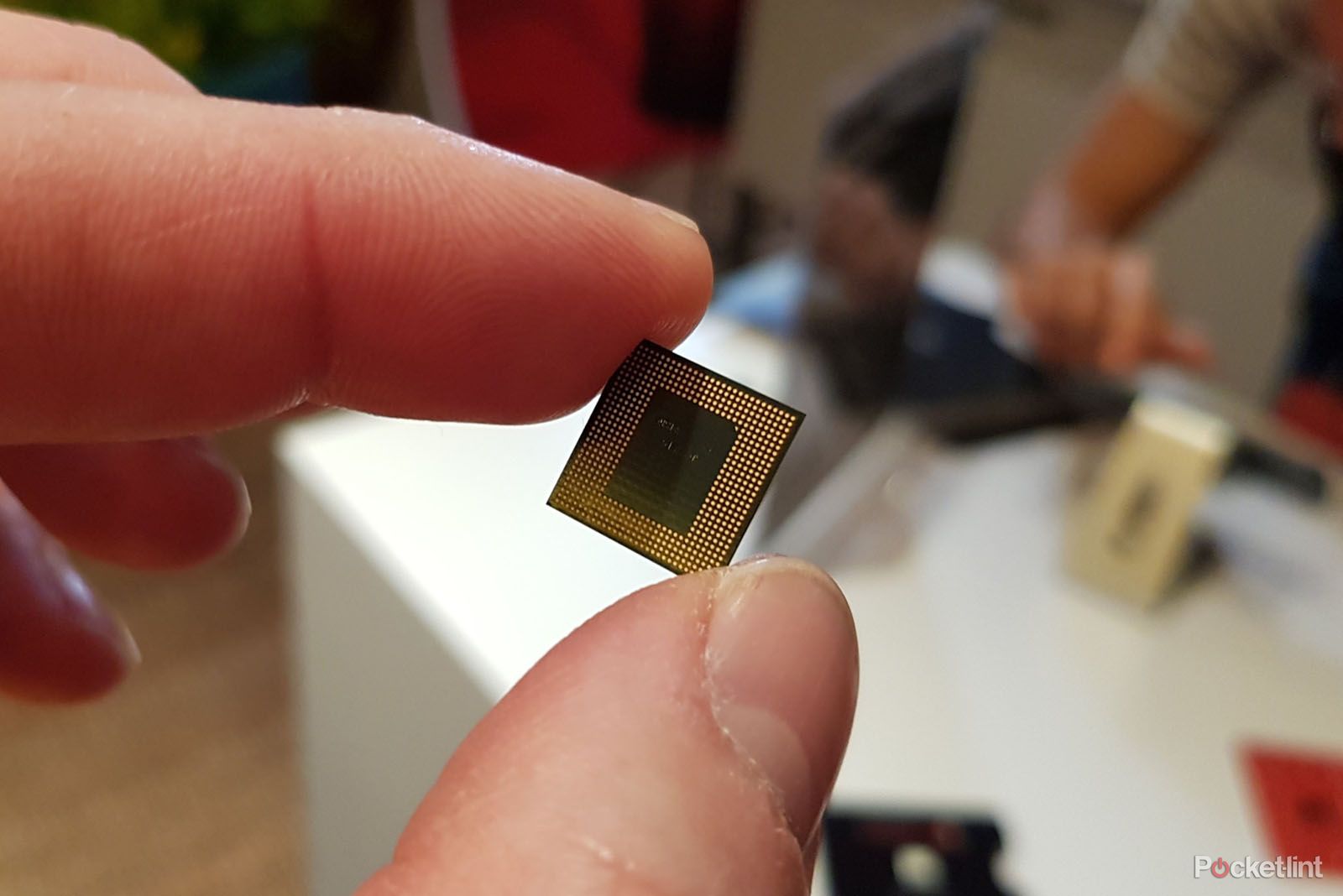There are few things that make a phone faster than making its CPUs faster. They could do it by either adding more cores or increasing the clock speed, and now a new report suggests that Qualcomm is getting ready to go the former router with the Snapdragon 8 Gen 3.
The chip isn't expected to be announced for a few months yet, but a post by the Weibo leaker Digital Chat Station (DCS) suggests that there are moves afoot to make the new silicon even faster than the Snapdragon 8 Gen 2 that powers the current wave of flagship phones. We'd already seen leaks that suggested the Snapdragon 8 Gen 3 would have much improved graphical performance, but things appear to have been ratcheted up a notch.
But with the chips getting more cores, what does that mean in terms of heat and the cooling needed to combat it?
More cores could mean more heat
According to the DCS report that was picked up by NotebookCheck, the Snapdragon 8 Gen 3 could have an extra "prime" core, increasing the number from one to two. That would of course help improve multi-threaded performance considerably assuming apps are built to take advantage of it. However, there are already some concerns about what that extra core could mean.
As some are already suggesting, cooling such a configuration could be problematic. Qualcomm has had problems keeping its chips cool in the past, with sustained performance suffering as a result. Phone makers might need to make allowances in order to accommodate the raw speed that such a core configuration would allow.
However, it's also possible that the configuration DCS has seen would be used specifically in tablets, but that's something we might have to wait and see. It's also possible that Qualcomm could ditch plans for an extra prime core if its tests don't go the way it hopes. DCS appears to suggest that multiple core configurations are being tested currently.
Whatever happens, we can expect the Snapdragon 8 Gen 3 to be the chip that powers the next wave of high-end phones from the likes of Samsung and others, possibly towards the end of 2023.

